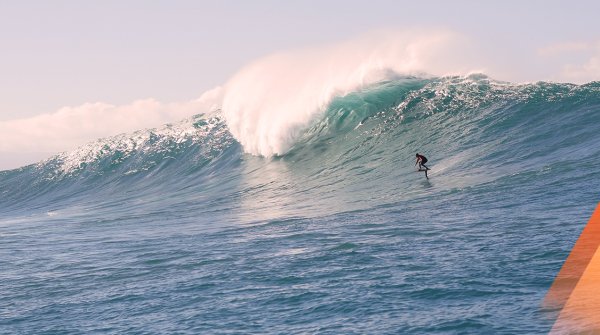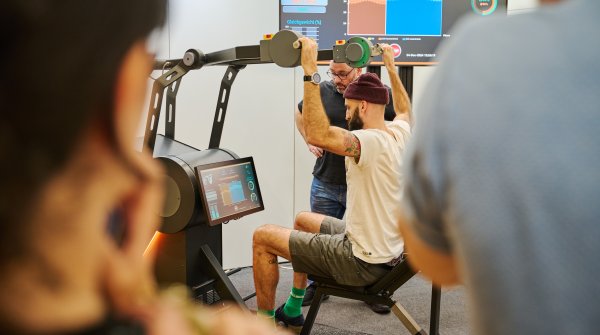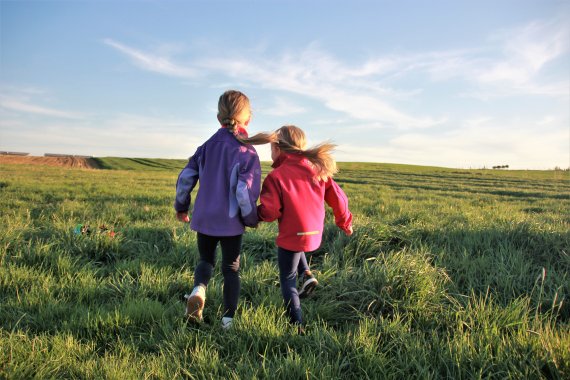
This year’s European School Sport Day (ESSD) on 25 September is a flagship event of the #BeActive European Week of Sport. In 2019, 9000 schools in 44 countries got over 3 million school children moving at least for 120 minutes on the day. The event has expanded greatly since it began in 2015, and in 2019 schools on four continents took part.
Jürgen Steinacker, teaching professor of medicine and head of Section of Sports and Rehabilitation Medicine at the University Hospital Ulm, considers sufficient exercise to be elementary with regard to the healthy development of children.
As head of the major epidemiological project "Join the healthy boat" of the state of Baden-Württemberg, he actively promotes physical exercise and a healthy lifestyle among kindergartner and primary school children.
ISPO.com spoke with the Hufeland prize winner on the right approaches for sufficient physical activity for children and tips for activating and motivating them.
ISPO.com: Why is physical activity so important for children from a scientific perspective?
Prof. Jürgen Steinacker: Exercise for children - as well as for adults - is essential for health.
- It trains motor skills: The important basis for, e.g. balance, speed and coordination, which we call upon every day in life, is laid in childhood.
- It increases cognitive performance: The flexibility of the brain is shaped and maintained by regular exercise. As a result, children are cognitively more efficient if they exercise sufficiently. Pupils and students know that acute movement (for example the sprint to an exam) is also particularly beneficial in terms of cognitive performance. In other words: those who sprint to the exam usually have better grades.
- It strengthens muscles and bones.
- It trains social skills, for example through cooperation in sport, mutual acceptance, learning and adhering to given rules.
- It strengthens the immune and cardiovascular systems.
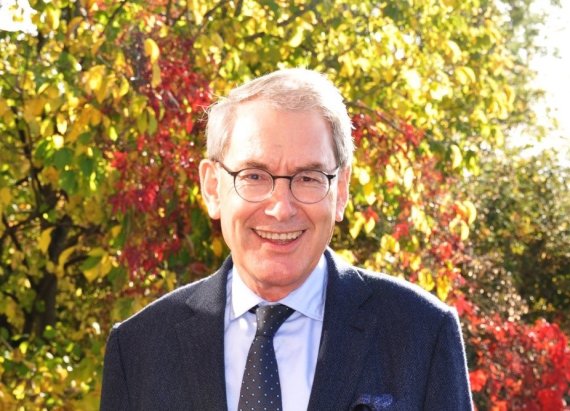
A general question: How much exercise should a child have per day?
The World Health Organization (WHO)German guidelines also recommend a daily exercise time of at least 60 minutes in moderate to intensive mode for children from the age of five. This means that the kids get out of breath or start to sweat.
For children under five years of age, exercise for three hours a day is recommended, without indicaing the intensity.
Taken as a whole: Three hours of daily exercise apply to all ages. From the age of four to five years, one hour of this should be done in moderate to intensive intensity. The time in motion can be accumulated, there is no need to sum it up in one session.
Does it make a difference whether children practice sports in a club or not?
Only to a limited extent. It is known that "playing outside" is very important for the health and physical performance of children. Both for the acute as well as the later.
Nevertheless, one must also admit that children have individual preferences. Some need the structured, recurring and competitive of the sports club, while others prefer to move freely. For them a meadow, a hill or a tree is enough.
It is important that the parents present to the children a wide range of possibilities and let them try out. In this way children can find out what is best for them. Whether it's the playground around the corner, the climbing forest, the hockey club, the forest or even a walk or bike ride. Children should be able and allowed to let off steam - and enjoy it.
Nevertheless, in a sports club children learn much more than just to be in motion - they train very specific motor patterns that they would not learn on a bicycle or in the playground, for example. They learn rules, cohesion, community spirit, consideration, anticipation of situations, etc. That is why attending the sports club makes sense - many a child builds up an often long-lasting relationship with sports and exercise there.
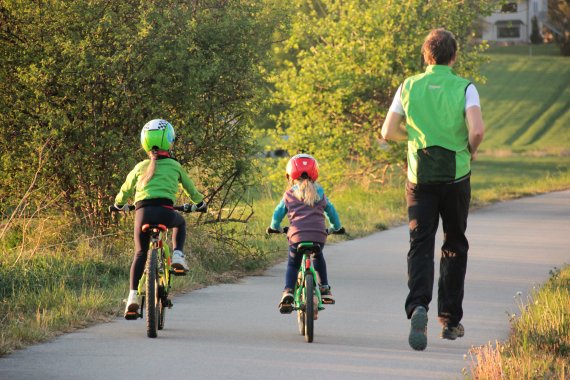
What about the ones not willing to get active? How can you get them excited about sports?
There will always be children who like to move around a lot and others who prefer to lie on the couch and do nothing.
Every child has its own personality with its own preferences, experiences and needs. This should be respected, but can of course also be influenced in a certain direction. This is a matter for the parents:
- Does the child prefer to excercise alone, or with the whole family?
- Does the child prefer to be indoors in a sheltered setting or outdoors in nature?
- Do we need equipment like scooters, balls, skipping rope?
- Does the child prefer a walk where things are discovered together?
There won't be a child who doesn't enjoy any form of exercise - it just needs to be stimulated. Outside for example through:
- A walk through the forest with a mirror in your hand, to see everything above you.
- The joint race from one street lamp to the next on the way to the shops.
Or in the house/flat through:
- A competition like "How often can you hop on your left leg?"
- A parcours built by the children with different objects in the house, which parents and children then run through.
There are countless ways to turn exercise into a game and an experience. Even people who are not interested in movement then will ask about them.
To what extent do parents play a role - both passively and actively?
The parents do have an important role in all this. In our research we have seen that children with physically active parents are fitter, more active and slimmer than children with only one active parent or even two inactive parents.
If we use our objective studies of children's activity time, we can observe a significant decrease in the amount of time spent exercising at weekends and during holidays. We then always say "here we do not see the inactive children, but the inactive parents". It is important that children experience their parents as active, they must be a role model and exercise themselves sufficiently. Every day, without exception.
If so, it is also important that parents "invest", that they are prepared to enable their children to exercise. Whether it's accompanying them to training at the sports club, taking them to the ropes course, cycling to the bakery together and others.
- Awards
- Mountain sports
- Bike
- Fitness
- Health
- ISPO Munich
- Running
- Brands
- Sustainability
- Olympia
- OutDoor
- Promotion
- Sports Business
- Textrends
- Triathlon
- Water sports
- Winter sports
- eSports
- SportsTech
- OutDoor by ISPO
- Heroes
- Transformation
- Sport Fashion
- Urban Culture
- Challenges of a CEO
- Trade fairs
- Sports
- Find the Balance
- Product reviews
- Newsletter Exclusive Area
- Magazine

